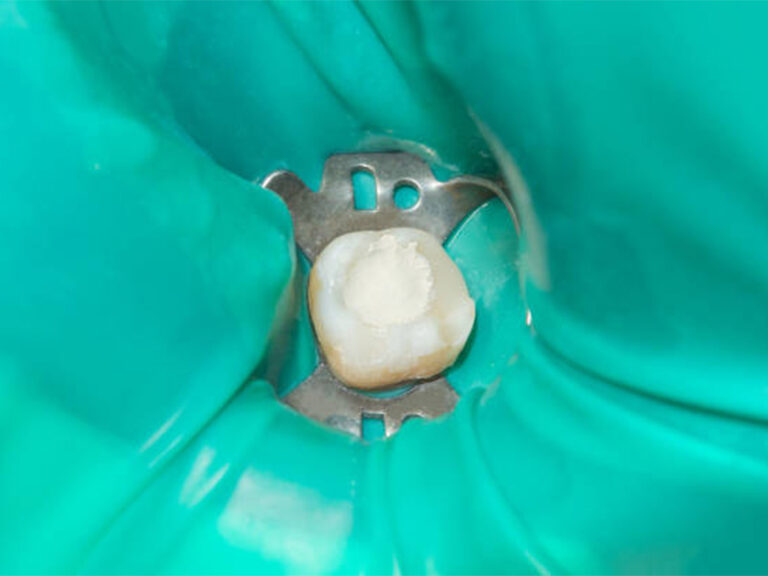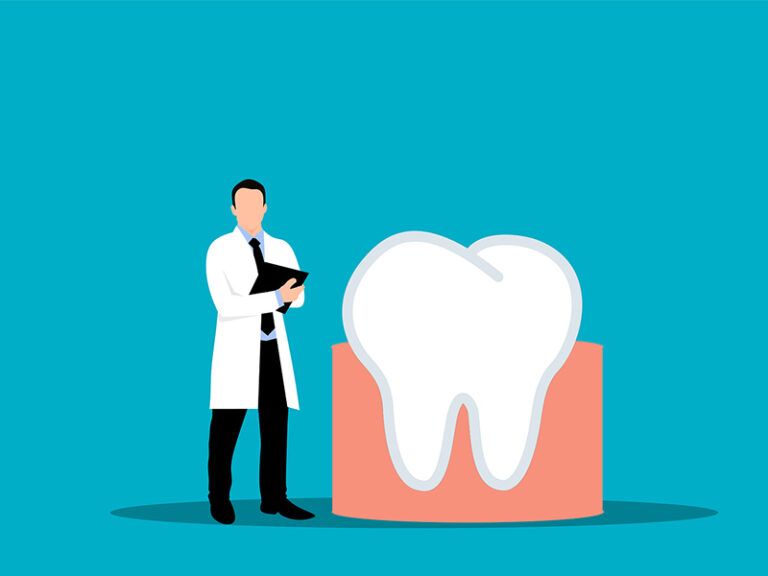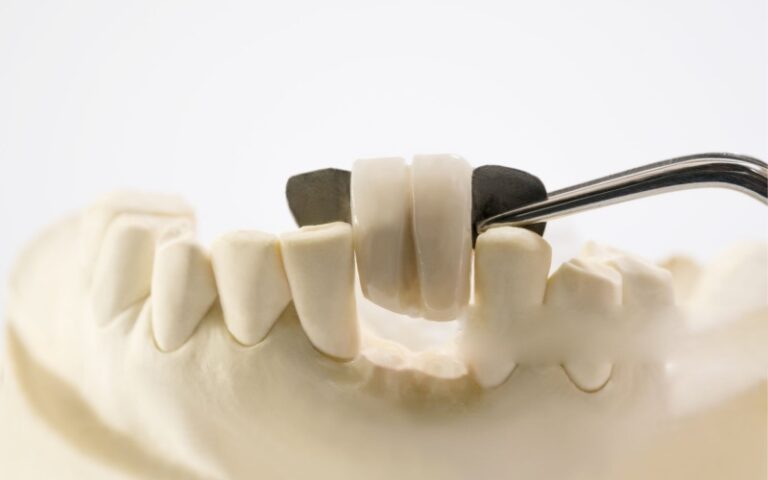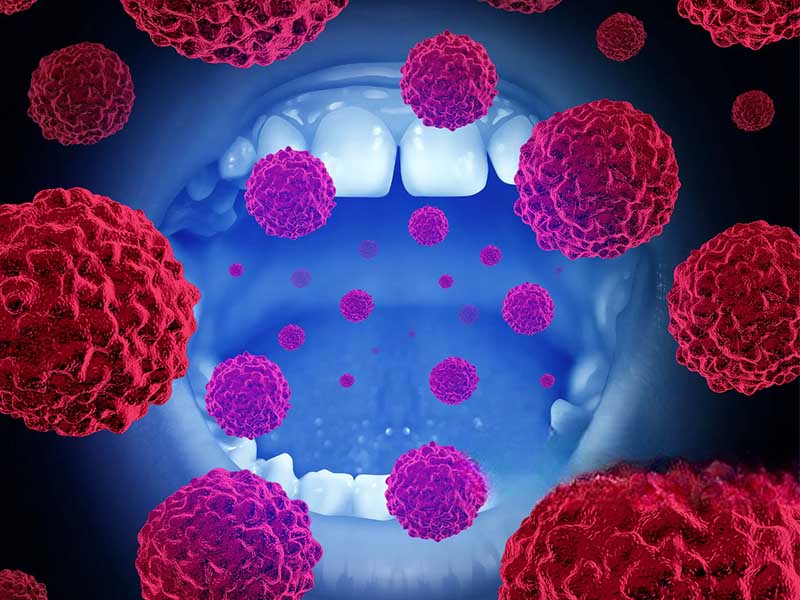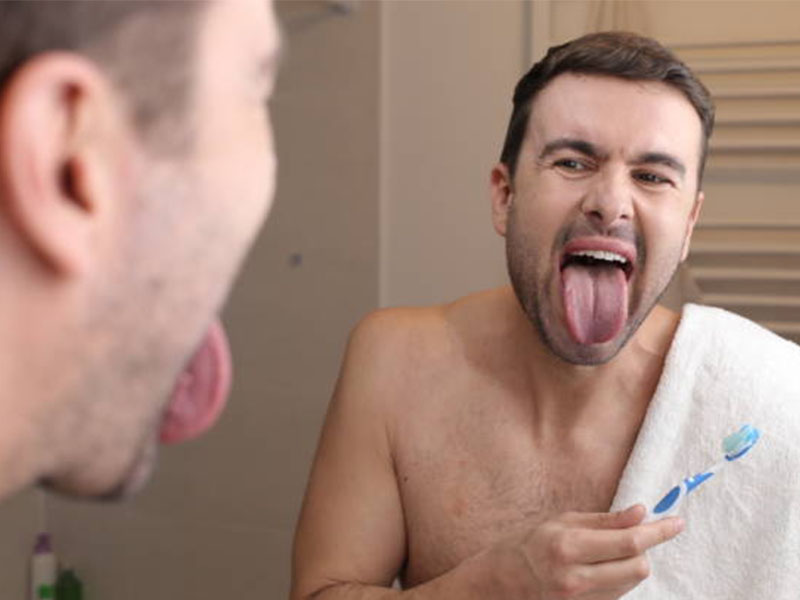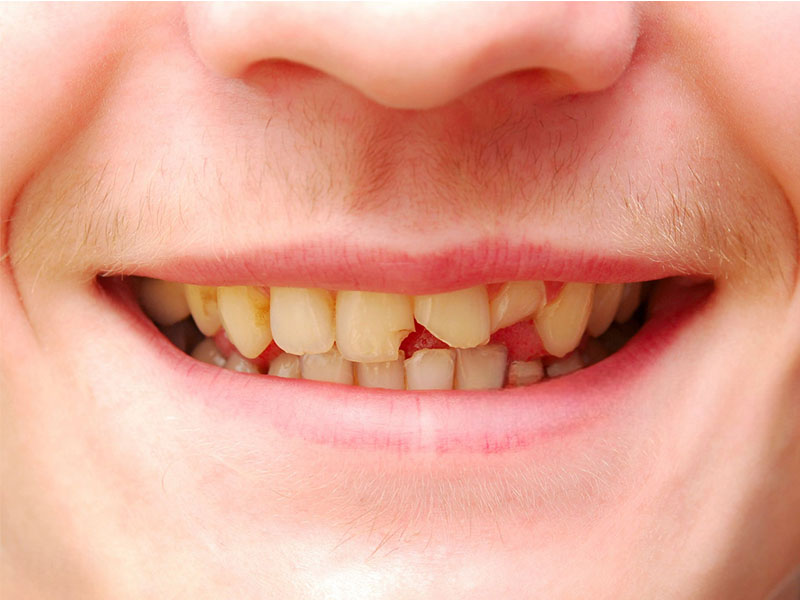
A Dentist’s Guide to Preventing Tooth Decay and Sensitivity
That sudden stab of pain when you bite into ice cream. A dull ache after you eat sweets. A twinge from every sip of coffee. Sound familiar? Whether it’s a new feeling or an old annoyance, tooth decay and sensitivity are two of the most common — and annoying — dental problems around. But here’s some good news: you don’t have to just put up with it. With a few smart habits and the right info (the kind your dentist trusts), you can stop these problems before they start and keep your smile healthy for life.
You probably have questions, and you deserve straight answers.
Why do my teeth hurt when I eat something cold? What can I do at home to stop a cavity? Is my sensitive tooth a sign of something serious? This guide, based on years of clinical experience and the latest dental research, has your back.
Let’s dive in and answer your questions—simply, clearly, and with care. Because looking after your teeth shouldn’t be tricky.
Table of Contents
What Causes Tooth Decay and Sensitivity?
Everybody wants healthy teeth, but most folks aren’t sure why cavities and sensitivity happen — or how to stop them. So, what’s really happening in your mouth?
The Science of Tooth Decay (Cavities)
Picture your tooth as a strong, shiny shield. That shield, called enamel, is the hardest thing in your body. But it’s not unbreakable. Every time you eat foods with sugar or starch, bacteria in your mouth get to work. Their waste? Acid. This acid, hiding in the sticky stuff called plaque, eats away at enamel. Over time, it makes tiny holes. That’s where a cavity begins.
Here’s how it happens:
- You eat or drink sugar or starch (think soda, crackers, even fruit).
- Bacteria like Streptococcus mutans get busy, changing the sugar into acid.
- The acid softens your enamel (demineralization).
- If this happens again and again, minerals leave your tooth faster than they come back (remineralization can’t keep up).
- A cavity forms.
Did you know? Around 90% of adults have had at least one cavity, and 26% have untreated tooth decay right now (CDC, NIDCR).
Why Your Teeth Get Sensitive (Dentin Sensitivity)
Sensitivity isn’t like a cavity. Maybe you feel a quick, sharp pain with something cold, something sweet, or even just brushing. What’s going on?
Think of your enamel as armor. Underneath is dentin, a softer layer full of tiny tubes. If enamel gets thin or your gums pull back, those tubes are uncovered—like little straws going straight to your tooth’s nerve.
Cold, hot, or sweet things go right in and make that zapping pain.
Things that cause sensitivity:
- Brushing hard with a stiff toothbrush
- Eating or drinking acidic things (soda, citrus, wine)
- Grinding your teeth (bruxism)
- Gum disease
- Recent dental work (like whitening)
Between 3% and 57% of adults deal with sensitivity at some point (Journal of Conservative Dentistry).
How Decay and Sensitivity Are Related
Sometimes, sensitivity is an early warning—your enamel might be getting thin or a cavity is starting. Other times, a cavity itself makes your tooth sensitive. Gum recession uncovers the tooth root, which has no enamel. Both problems come from your tooth’s defenses getting thin.
How to Take Care of Your Teeth Every Day
Here’s the best part: you have more control than you think. Most tooth decay and sensitivity can be avoided. How? Keep plaque away and your enamel strong.
How to Brush: It’s More Than Just Scrubbing
Let’s start with brushing—the easiest way to protect your teeth. Sadly, brushing the wrong way can do more harm than good.
Tips for good brushing:
- Hold your toothbrush at a 45-degree angle aimed at your gums.
- Brush in gentle, small circles. Don’t scrub. Brushing too hard damages your enamel and gums.
- Brush for two minutes, twice a day. (Set a timer or play your favorite song.)
- Use a soft-bristled toothbrush (manual or electric). This is key if you have sensitive teeth or sore gums.
- Remember your tongue—it gathers bacteria too.
Why are dentists so picky about brushing? Because harsh brushing or stiff brushes can make your gums pull back and wear away your enamel, which, as you just learned, are top reasons for sensitivity. The American Dental Association (ADA) supports these tips.
Flossing: The Step You Can’t Skip
If brushing is your main move, flossing is your best backup. Cavities like to start between teeth, where your brush can’t reach.
How to floss right:
- Gently slide the floss between teeth—don’t snap it.
- Curve it into a “C” shape and move it up and down the side of each tooth.
- Use a new clean bit of floss for each tooth.
Not a fan of regular floss? Try water flossers or interdental brushes—especially if you have braces, crowns, or tender gums.
Why should you care? Flossing keeps plaque away, helps with gum health, and cuts down your cavity risk. Flossing every night could save your smile for years.
The Best Toothpaste: Your Main Defense
Not every toothpaste is the same. What you pick matters!
- To stop cavities: Look for the ADA seal and fluoride. Fluoride makes enamel tougher and can fix early damage.
- For sensitivity: Look for toothpaste with potassium nitrate or stannous fluoride. These calm your teeth and help plug those little tubes (dentin tubules).
Skip whitening toothpaste if you get sensitive—they’re often more gritty and can make things worse.
About Mouthwash
A good rinse can help your daily routine, but it doesn’t replace brushing or flossing.
- For gum problems: Use mouthwash with chlorhexidine.
- For cavities or weak enamel: Try fluoride mouthwash.
- Pick alcohol-free rinses if you have a dry mouth, since alcohol can dry things out even more.
Don’t go overboard. Using too much mouthwash can mess up the good bacteria in your mouth.

How Your Diet Affects Your Teeth
You truly are what you eat—especially when it comes to your teeth. Some food helps your enamel, others attack it.
Foods and Drinks to Limit: Sugar and Acid
Foods and drinks high in sugar or acid feed the bacteria that hurt your teeth.
Watch out for:
- Sugary drinks (soda, sports drinks, juice, sweet tea)
- Candy and sticky snacks
- White bread, crackers, and chips (your spit turns them into sugar)
- Citrus fruits and juices
- Vinegar-based foods and alcohol
Snacking or sipping all day is the worst—you feed the bacteria over and over and the acid sticks around.
The World Health Organization suggests free sugars should be less than 10% of what you eat in a day. That’s under 50 grams for most grownups.
Food and Drinks That Help Your Teeth
Some foods actually work for your teeth!
- Dairy (milk, yogurt, cheese): Packed with things your enamel loves—calcium and phosphorus.
- Leafy greens: Full of good stuff to help fix and protect enamel and gums.
- Crunchy veggies: Carrots, celery, apples. They clean your teeth and make you drool more, which washes away food and fights acid.
- Nuts: Good for your teeth, and they don’t get stuck easily.
- Sugar-free gum with xylitol: Makes more spit and slows down the bad bacteria.
And of course, plain water is best. It washes away sticky foods and keeps your mouth moist.
When to Brush After Eating
Ever heard you should wait before brushing after eating or drinking something sour? That’s true.
Here’s why:
Acids make your enamel soft for about 30 to 60 minutes after eating or drinking. If you brush too soon, you can actually scrub off the softened enamel.
What to do:
Wait 30–60 minutes before brushing after eating acidic foods. Rinse with water instead to help your mouth get back to normal.
Professional and Extra Ways to Prevent Problems
You’re already doing your part at home. Now, let’s go further—these are tricks your dentist relies on every day.
Why Going to the Dentist Matters
The dentist doesn’t just clean your teeth. They keep you ahead of problems.
- Catch problems early for quick, cheap fixes. (A $100 filling is way better than a $1,500 root canal.)
- Dentists clean off tartar (hardened plaque) your brush can’t touch.
- Dentists catch early decay, gum loss, or little cavities before you feel them.
For most people, twice a year is a good check-up schedule. You might need more visits if you have gum problems or lots of fillings.
Getting Fluoride or Sealants
Fluoride varnish:
A strong coating brushed onto teeth. It hardens fast and helps protect you—especially for kids, people who get a lot of cavities, or anyone with weak enamel.
Sealants:
A thin cover painted on your molars (big back teeth). Nine out of ten cavities start in those grooves, so sealants block food and germs.
Fact: Sealants can stop up to 80% of molar cavities (CDC).
Both are quick, painless, and usually covered for kids.
Controlling Teeth Grinding (Bruxism)
Wake up with headaches or notice flat or chipped edges? You may grind your teeth at night (bruxism).
Look for:
- Clenching or grinding noises (ask if someone hears it!)
- Sore jaw in the morning
- Flat, chipped, cracked teeth
- Sensitive or loose teeth
Ignoring grinding wears away enamel and cracks teeth—big causes for pain and cavities.
Fix: Ask your dentist about a custom night guard. It cushions your teeth and keeps them safe while you sleep.
When to See a Dentist: Warning Signs You Can’t Ignore
Most problems can be stopped with daily care, but sometimes you need a dentist—fast.
Call your dentist right away if you see:
- Ongoing pain from hot, cold, or sweet foods (more than a quick zing)
- Sharp pain when chewing
- A visible hole or dark spot
- Swelling, pus, or gum bumps
- Gums that always bleed, especially if they’re red or puffy
- Really bad breath that won’t go away
- Sudden, strong sensitivity, especially after getting hurt
The truth:
Prevention almost always costs less and hurts less than waiting for a big problem.
Frequently Asked Questions
Q: Can you really reverse a cavity or enamel loss?
A: You can stop and fix very early damage with fluoride and better cleaning. But if you get an actual hole—a real cavity—only a dentist can fix it with a filling.
Q: Why are my gums pulling back?
A: The most common reason is brushing too hard, gum disease, or your genes. When gums pull back, your tooth roots show. This can cause sensitivity and make cavities easier.
Q: Is oil pulling safe?
A: Swishing oil is pretty harmless, but it’s not a swap for brushing, flossing, and fluoride. Stick to what’s proven!
Q: Are electric toothbrushes better?
A: Both types work—if you use good technique. But electric brushes can help people who rush, people with arthritis, or if you want a deeper clean—especially for sensitive teeth.
Healthy Smile Summary
Let’s make all this simple.
The Three Steps for Prevention:
- Good Daily Habits:
- Brush two times a day (soft brush, gentle circles, fluoride toothpaste).
- Floss or use cleaners for between your teeth every day.
- Use mouthwash right.
- Smart Food Choices:
- Eat less sugar and acid.
- Pick tooth-friendly foods (milk, greens, crunchy veggies, nuts).
- Drink water and chew sugar-free gum.
- Dentist Visits:
- Go every six months (or as told) for cleanings and check-ups.
- Ask about fluoride treatments and sealants—especially for kids or people who get cavities a lot.
- Get a night guard if you grind your teeth.
What You Can Do Next:
- Check your bathroom: Got soft brushes and ADA-approved toothpaste?
- Look at your snacks: Can you trade that daily soda for water or carrot sticks?
- Schedule your next dentist visit. Better early than late.
- If you have sensitive teeth or think you have a cavity, don’t suffer. Sooner means easier (and cheaper) care.
Remember:
Tooth decay and sensitivity are common, but they’re not just “bad luck.” They come from small habits that add up—habits you can change. A healthier, pain-free smile really is possible.
Need more help?
Want advice just for you? Ask your dentist about your risks and get a plan that fits. Don’t be shy. They’re here to help.
Dental Health Stats: How Common and What Helps
| What | Number or Result | Where/What it Means | Why Prevention Matters |
|---|---|---|---|
| Tooth Decay in Adults | 26% untreated, 90% had a cavity | CDC, NIDCR | Everyone needs to prevent it |
| Tooth Sensitivity | 3–57% adults have it | Journal of Conservative Dentistry | It’s normal—shouldn’t ignore it |
| Fluoride Works | Fluoridated water cuts decay by 25% | CDC, ADA | Fluoride should be used |
| Dental Sealants | Block 80% of molar cavities | CDC | Great especially for kids |
| Limit on Sugar | Less than 10% of calories from sugar | WHO | Real goal for diet change |
| Cost if Ignored | Filling: $100–$300, root canal/crown: $1,500+ | Consumer Reports, ADA | Prevention saves money/problems |
| Gum Disease in Adults Over 30 | 47% | CDC | Daily cleaning really matters |
Last Words of Encouragement
You don’t need to be a dentist to protect your teeth—just get good info and stick to easy daily habits. A little work today means way less pain and hassle later.
So, if you feel that twinge, remember:
You know what it means, how to handle it, and how to stop it from coming back. Now there’s something to really smile about.
Checked by [Dental Professional/Clinic as needed]. For more info, see the American Dental Association (ADA) website or ask your own dentist.

